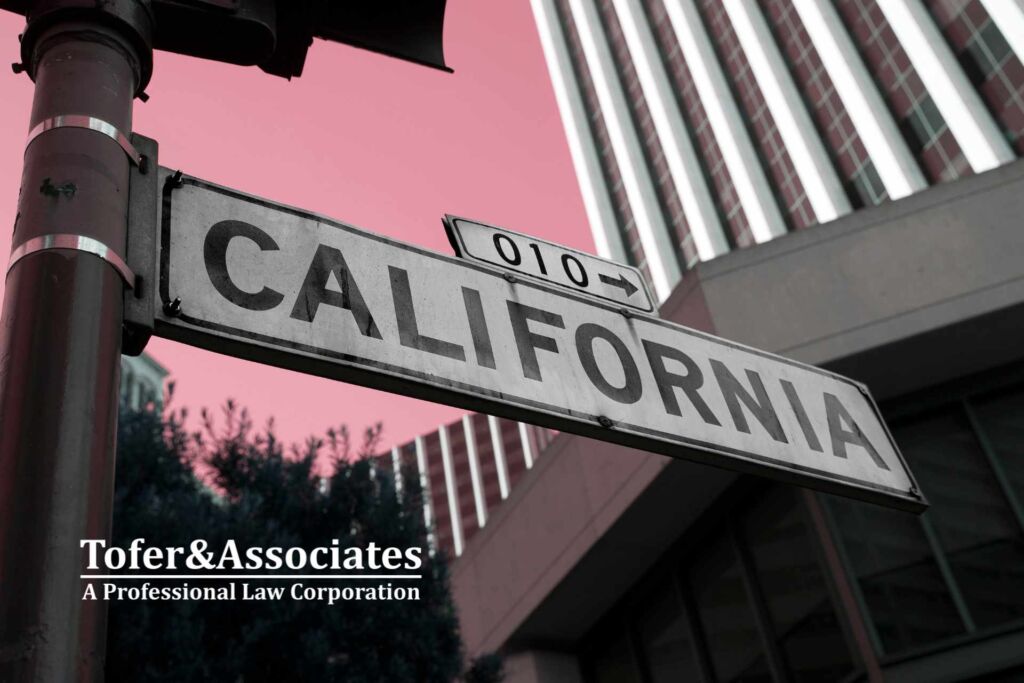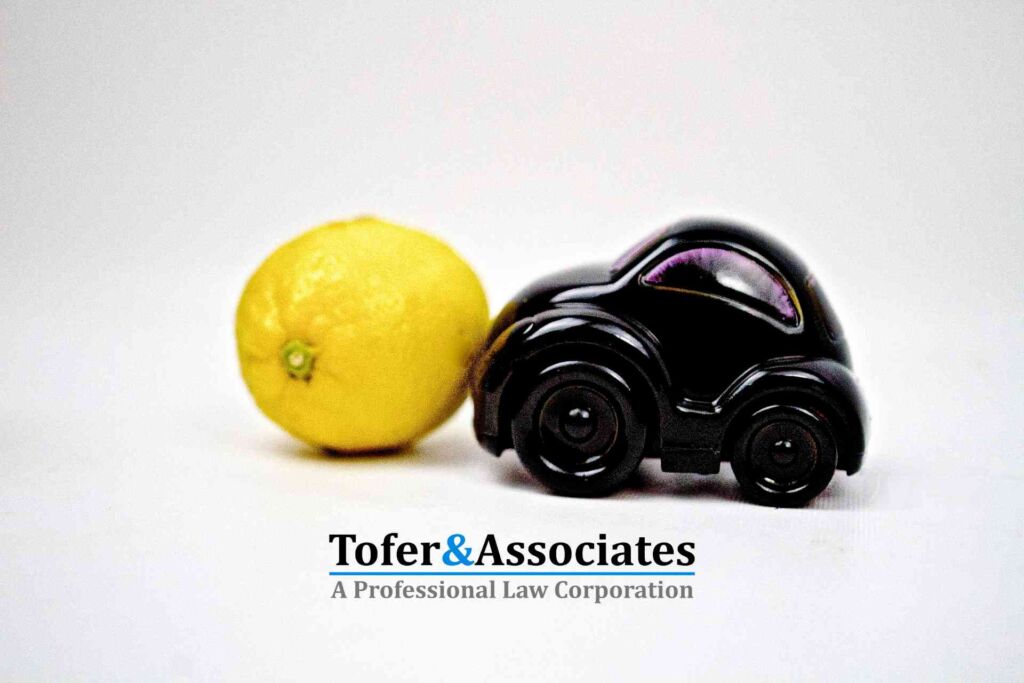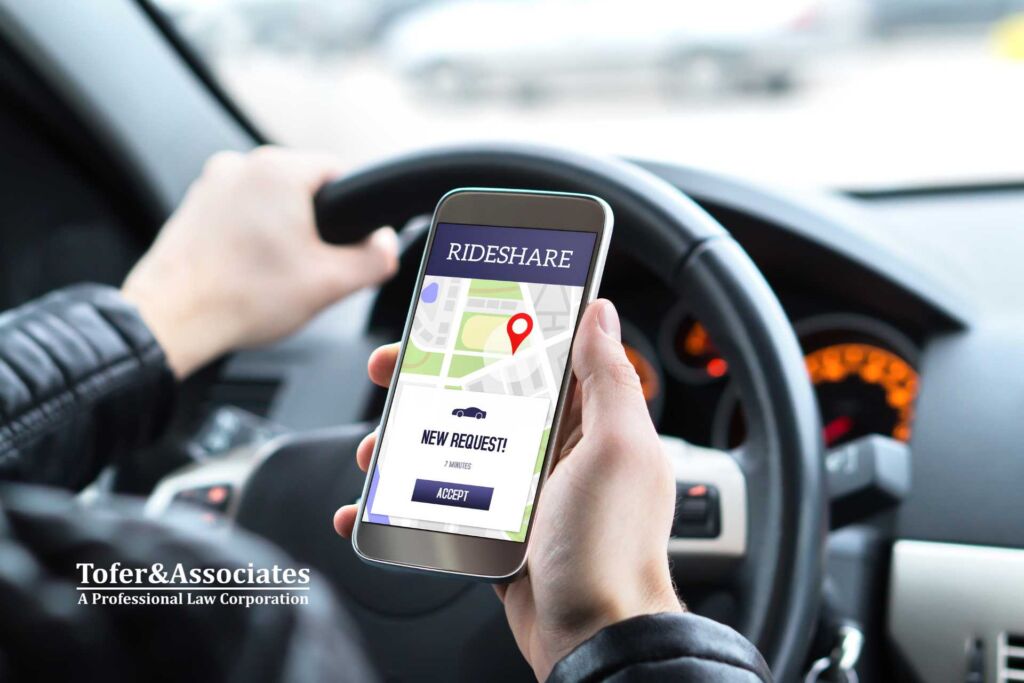Navigating California's Hit-and-Run Laws California: A Comprehensive Legal Guide
California’s bustling streets and highways are no stranger to traffic incidents, and among the most distressing for victims and authorities are hit-and-run accidents. Understanding California hit-and-run laws is crucial for both drivers and pedestrians, as these regulations outline legal responsibilities and consequences following such incidents.
Recent data reveals a concerning trend in hit-and-run pedestrian accidents, underscoring the need for a thorough understanding of the state’s legal framework. Similarly, pedaling errors, which lead to accidents and injuries, raise questions about the owner’s legal responsibilities and obligations.
Table of Content
In this comprehensive guide, we will delve into the nuances of California’s approach to hit-and-run cases, with the goal of providing clarity and guidance through the complex legal landscape for residents and travelers.
Understanding Hit-and-run offenses in California
A hit-and-run in California occurs when an offender leaves the scene of an accident without identifying themselves to the other party or parties involved.
This applies regardless of whether the incident resulted in property damage, injury, or death. Sections 20001 and 20002 of the California Vehicle Code specifically outline the obligations of drivers involved in accidents, emphasizing the importance of remaining at the scene, providing identification, and offering assistance if necessary.
The state differentiates between two main types of hit-and-run crimes: misdemeanor and felony.
- A misdemeanor hit-and-run offense, under Vehicle Code 20002 VC, involves property damage without bodily injury.
- On the other hand, a felony hit-and-run, according to Vehicle Code 20001 VC, includes incidents in which someone is injured or killed.
Legal obligations after an accident
California law requires that everyone involved in a traffic accident, regardless of fault, must stop at the nearest safe location. Key responsibilities include:
Information exchange
Drivers must exchange names, addresses, vehicle registration numbers, and insurance details. If damaged property is unattended, the responsible driver must leave a note with his or her information and report the incident to the police.
Report to Authorities
In cases of injury, death, or significant property damage, drivers should report the accident to local police or the California Highway Patrol as soon as possible.
Providing aid
If the accident results in injuries, drivers must provide reasonable assistance, which may include calling for medical help for those injured.
Failure to comply with these obligations may result in serious legal consequences, including fines, imprisonment, and suspension of driving privileges.
Consequences of the hit-and-run in California
Penalties for a hit-and-run conviction vary depending on the severity of the incident, reflecting California’s commitment to ensuring accountability and justice in cases involving reckless or intentional behavior on the road.
- Misdemeanor Hit and Run
- Penalties can include fines ranging from $1,000 to $10,000, up to six months in county jail, and restitution to victims for property damage.
- Felony Hit and Run
- If the accident results in injury or death, the offender may face fines of $1,000 to $10,000, up to four years in state prison, and restitution to victims.
It is important to note that these legal repercussions are in addition to any civil lawsuits that victims may file for damages.
Navigating the hit-and-run legal process
If you are involved in a hit-and-run incident, whether as a victim or someone who fled the scene, it is imperative to seek legal advice immediately. An experienced accident attorney can guide you through the complexities of the legal process, from managing insurance claims to defending your rights in court.
For victims, it is essential to document the incident thoroughly, including photographs of the scene, contact information for witnesses, and a detailed account of the events. This information will be invaluable in taking legal action and seeking compensation for damages.
Pedaling errors and owner liability
Pedaling errors and owner liability in hit-and-run accidents can complicate legal scenarios. If vehicle malfunction contributes to the accident, several factors influence liability. The driver may be responsible for operating the vehicle safely. If the error is due to a mechanical problem, the manufacturer or maintenance provider could share the blame. In cases of negligence in vehicle maintenance, the owner could also be liable.
In California, legal liability in cases of pedaling errors related to health problems may be subject to state law and court interpretation. California recognizes the concept of a “disability defense” in personal injury cases, meaning that if a driver suffers a sudden medical episode that affects their ability to control the vehicle, this can be considered a defense in a liability case.
However, the issue of liability can still be complex and will depend on several factors, including the nature of the medical episode, whether the driver was aware of his or her prior medical condition, whether he or she was taking prescribed medications, and whether he or she took reasonable precautions to avoid the accident. .
Additionally, in cases of hit-and-run accidents, where the driver leaves the scene of the accident, specific laws apply in California that impose additional obligations on drivers who leave the scene, regardless of the reason for the accident.
Ultimately, determining legal liability in health-related pedaling error cases in California will depend on the specific details of each case and may require analysis by an attorney experienced in personal injury and traffic law in the area.
In short, legal liability depends on the details of the case and may involve multiple parties. Robison v. Six Flags Theme Parks Inc. and Barker v. Wah Low exemplify the courts’ approach to assessing owner negligence and liability in out-of-control vehicle cases.
Conclusion
Navigating California hit-and-run laws can be daunting, but understanding your legal rights and obligations is the first step in ensuring justice and accountability.
Whether you are a driver, pedestrian, or hit-and-run victim, being informed about these laws helps promote safer roads and a more responsible driving culture in California. Additionally, being backed by an experienced and compassionate accident and personal injury attorney is the perfect complement to being protected.
Remember, after an accident, accountability and compliance with legal duties can make a significant difference in the lives affected by the incident.
At Tofer & Associates, we have extensive experience handling complex hit-and-run incidents and several types of personal injury cases. We are dedicated to fighting for your rights and ensuring you receive the compensation you deserve.
Don’t navigate this alone. Contact Tofer & Associates today for a free consultation. Call us at (800) 291-9000 or visit our website to schedule a free consultation.
Disclaimer: This blog post is for informational purposes only and should not be construed as legal advice. Please consult with a qualified attorney to discuss your specific case.
 ELIZA LEIGH SERNA
ELIZA LEIGH SERNA
Eliza Leigh, the Director for Operations and Marketing at Tofer Law, is a seasoned legal professional with a wealth of experience in various legal roles, including demand writing and case management. For inquiries regarding this article or legal assistance, please feel free to reach out to us.




